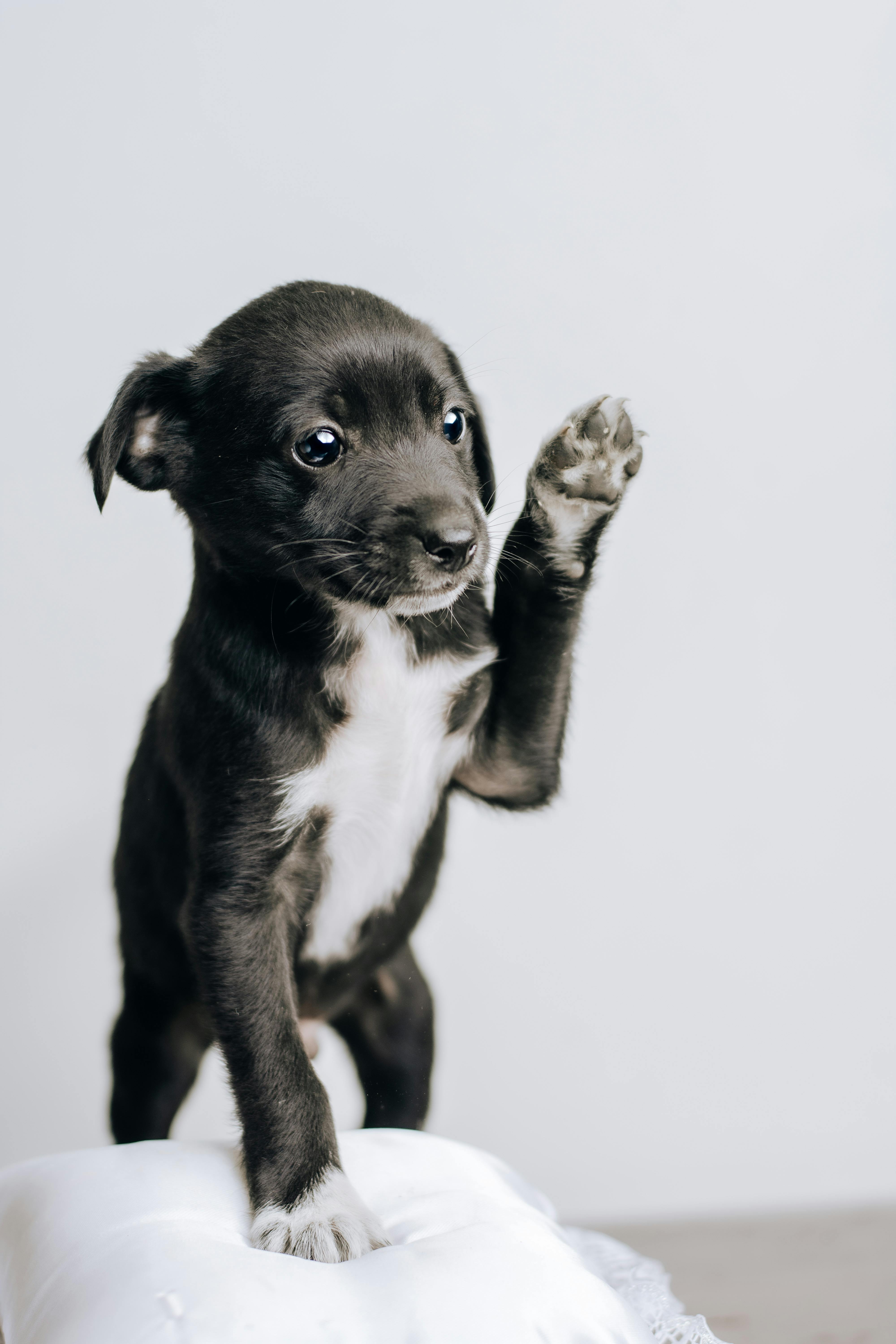Mastering Dog Decoy Training for Optimal Canine Performance
Dog decoy training has rapidly become a cornerstone technique for building confident, capable working dogs. In today’s world where trained canines are deployed in law enforcement, security, and sport, mastering decoy tactics is essential. This comprehensive guide explores the full spectrum of dog decoy training—from foundational principles to advanced applications—to help you build safer, more skilled, and highly responsive dogs.

Understanding the Fundamentals
Dog decoy training refers to the process of preparing dogs to engage with a controlled human target—known as the decoy—for protection or work purposes. It is an intricate dance between the handler, the decoy, and the canine, rooted in psychology and technique.
Understanding the underlying principles allows trainers to build a safe and effective training regimen. Think of it as the blueprint for creating a responsive, disciplined dog that can operate under stress and follow commands even in high-stimulation scenarios.
1.1 Reading Canine Behavior
Success in dog decoy training begins with learning to read canine body language. Trainers must recognize signs of fear, aggression, playfulness, and drive. Studies show that dogs communicate more through body posture than vocalizations—making visual cues a primary training tool.
In real-world settings, such as police work or Schutzhund sport, reading behavior ensures that decoy movements are timed correctly to reinforce desired actions. A common misconception is that aggressive barking always indicates readiness—it often signals uncertainty.
1.2 Building Drive and Engagement
Drive is the instinctive motivation behind a dog’s behavior. In dog decoy training, tapping into prey and defense drives helps develop reliable reactions. This is distinct from obedience training, where food or toy motivation may be used.
Trainers often use flirt poles, tug toys, and protective sleeves to stimulate drive. Case studies from military dog units show enhanced response times and engagement levels when drive-building precedes formal bite work training.
Practical Implementation Guide
Translating theory into action is where most trainers see significant progress. By focusing on consistent protocols, you can develop discipline while minimizing confusion. Early results may vary based on breed, temperament, and trainer experience, but foundational work always pays off.

2.1 Actionable Steps
- Assess the Dog’s Baseline: Observe natural responses to new stimuli, body pressure, and unfamiliar people. This shapes your starting point.
- Use Professional Gear: Equip yourself with bite sleeves, hidden arms, protective suits, and muzzles. Safety is essential for both dog and trainer.
- Create a Weekly Plan: Start with two short sessions weekly. Gradually scale up based on progress with goals like “sleeve target accuracy” or “engagement under distraction.”
2.2 Overcoming Challenges
Common roadblocks in dog decoy training include over-stimulation, avoidance behaviors, and incorrect targeting. Trainers should recognize the signs early to prevent bad habits.
Here are expert-backed solutions:
- Issue: Dog avoids contact. Solution: Use confidence-building drills with light pressure.
- Issue: Dog targets wrong areas. Solution: Use a bite wedge or guide the bite to a correct area with luring.
- Issue: Over-arousal. Solution: Incorporate obedience breaks between sessions.
Advanced Applications
Once dogs master the basics, advanced decoy work refines timing, targeting, and control. This phase is critical for dogs preparing for protection trials, K9 deployment, or private security assignments.

3.1 Variable Pressure Scenarios
Introducing unpredictability sharpens canine response. Trainers simulate real-life threats using evasive decoys, hiding bite targets, or applying pressure through loud noises and props. One case study with K9 handlers in Texas demonstrated a 37% improvement in control under pressure when random stimuli were introduced during advanced drills.
3.2 Equipment Integration
Modern dog decoy training often integrates GPS trackers, shock-absorbing suits, and pressure-feedback tools to measure bite strength and precision. Compatibility across gear types ensures smoother transitions between training environments and real-world deployment.
Future Outlook
Canine decoy training continues to evolve with innovations in behavior analysis and biomechanics. Artificial intelligence and motion detection suits are expected to revolutionize how decoy interactions are measured and analyzed.
As standards increase, trainers must stay educated on emerging practices. Investing in continual education, attending workshops, and testing new tools will be vital to staying ahead in this competitive space.
Conclusion
To summarize, successful dog decoy training depends on three pillars: understanding dog behavior, applying structured routines, and evolving toward advanced drills. When done right, it builds dependable working dogs capable of excelling in high-stakes environments.
If you’re serious about canine development, now is the time to invest in decoy training. Start small, stay consistent, and evolve with your dog. The results will speak for themselves in both performance and control.
Frequently Asked Questions
- Q: What is dog decoy training? It is a technique where a person in protective gear (the decoy) interacts with a dog to teach bite control, focus, and threat assessment.
- Q: How do I start dog decoy training? Begin with foundational obedience training, then introduce controlled decoy scenarios using sleeves or suits.
- Q: How long does decoy training take? Initial results can show in weeks, but full competency often takes 6-12 months depending on goals.
- Q: Is dog decoy training expensive? Costs range from $500 to several thousand depending on gear, classes, and trainer fees.
- Q: How does decoy training compare to traditional obedience? While obedience teaches control, decoy training builds confidence and working performance under stress.
- Q: Is decoy training difficult? It requires skill and understanding of dog psychology, but it’s accessible with the right guidance and safety measures.
- Q: Can this be used for non-police dogs? Absolutely. Many personal protection dogs, sport competitors, and even rescue dogs benefit from decoy training techniques.
